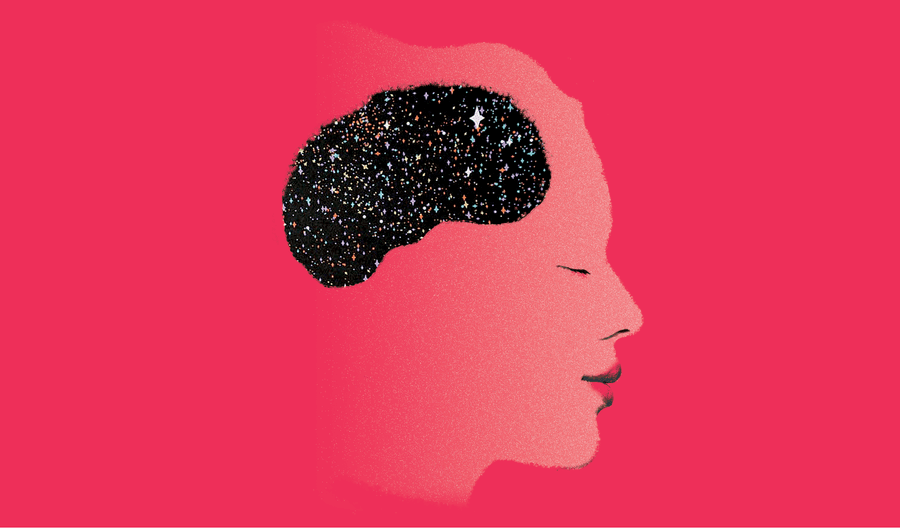Explore the World's Best Ideas
Join today and uncover 100+ curated journeys from 50+ topics. Unlock access to our mobile app with extensive features.
Introversion is not defined by what it is not
Academics often define introversion by what it is not: extroversion. What everyday introverts think about introversion is not really factored in.
As early as 1980, this problem was identified when a study found that the scientific and common-sense definitions of introversion were not the same.
97
875 reads
Four types of introverts
Introverts tend to turn inward rather than outward, but beyond that, it is more complex. There are four types of introverts:
- Social. The preference for solitude or socializing with small groups instead of large ones. It is not the same as shyness.
- Thinking introversion. They don't share the aversion to social events. They do tend to be introspective, thoughtful, and self-reflective.
- Anxious introverts seek solitude because they feel awkward or self-conscious. They tend to ruminate on the things that might or could go terribly wrong.
- Restrained or reserved introverts prefer to think before they speak or act. They might take a while to get going.
Many introverts are a mix of all four types.
148
858 reads
IDEAS CURATED BY
"Yeah, I'm a thrill seeker, but crikey, education's the most important thing. " ~ Steve Irwin
Jenna Sanderson's ideas are part of this journey:
Learn more about psychology with this collection
How to handle conflicts
How to identify and regulate emotions
How to develop self-awareness
Related collections
Similar ideas
Read & Learn
20x Faster
without
deepstash
with
deepstash
with
deepstash
Personalized microlearning
—
100+ Learning Journeys
—
Access to 200,000+ ideas
—
Access to the mobile app
—
Unlimited idea saving
—
—
Unlimited history
—
—
Unlimited listening to ideas
—
—
Downloading & offline access
—
—
Supercharge your mind with one idea per day
Enter your email and spend 1 minute every day to learn something new.
I agree to receive email updates

